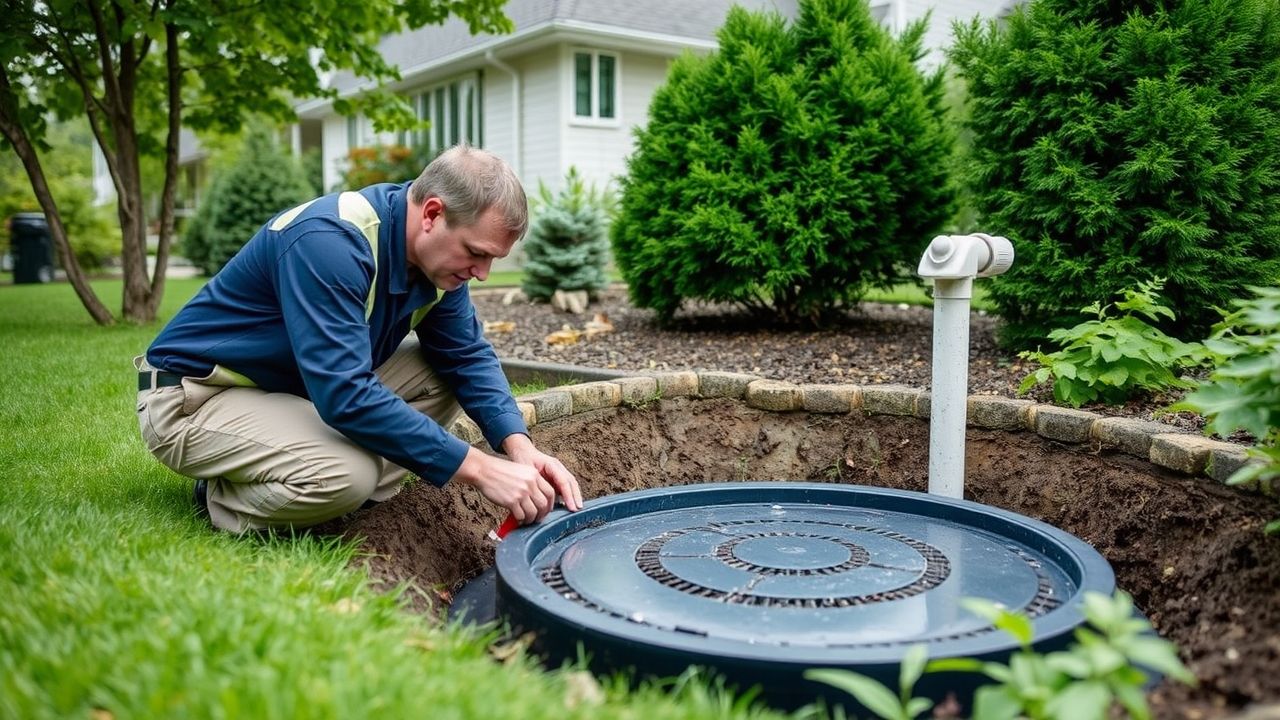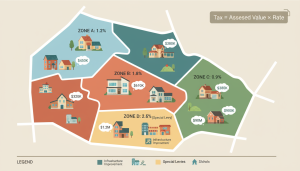How do I evaluate long-term appreciation potential?
Want 10x resale gains? Learn the simple evaluation that pros use.
Why long-term appreciation matters
Long-term appreciation is the engine behind real estate wealth. Measure it before you buy. Don’t guess. Use data and local insight to predict which properties will rise in value over 5–20 years.
A direct 3-step framework to evaluate appreciation potential
This is practical. Use it today.
1) Market fundamentals
- Job growth and employment sectors: Strong, diversified job markets push demand. Look for new employers, tech, healthcare, education.
- Population and migration trends: Net inward migration and household formation create ongoing housing pressure.
- Supply constraints: Low new-build permits, strict zoning, and limited land mean value climbs faster.
2) Neighborhood quality and infrastructure
- Transit access: Proximity to subway, light rail, major highways increases resale value.
- Schools and amenities: Top school districts, parks, shopping, and walkable retail lift long-term demand.
- Planned infrastructure: New transit lines, hospital expansions, and major business campuses are future value multipliers.
3) Property-level factors
- Upgrade potential: Can you add bedrooms, legal suites, or convert space? Flexibility raises resale value.
- Maintenance and building condition: Lower near-term costs mean more equity compounding.
- Lot size and orientation: Larger lots and good sunlight retain premium pricing.

Quick calculations every investor must run
- Comparable sales (comps): Pull 6–12 solds in last 6 months. Compare price per sq ft and adjust for condition.
- Capitalization check: For rentals, use rent x 12 / price to estimate cap rate versus local averages.
- Price growth rate: Calculate 5-year rolling price change for the neighborhood. Aim for consistent positive growth, not spikes.
Red flags that kill appreciation
- Oversupply: Many new builds and rising vacancy signal downward pressure.
- Poor zoning outlook: Properties near large rezoning that allows high-density projects can be volatile.
- High property taxes or special assessments: These reduce net returns and buyer appeal.
Real examples and decision rule (simple)
If the neighborhood shows strong job growth + planned infrastructure + limited new housing AND the property can be upgraded, it’s a high-appreciation candidate. If two or more red flags appear, pass or negotiate hard.
Action plan: what to do next
- Pull local market reports and attach them to your offer.
- Run comps and a 10-year price-growth check.
- Get a local expert to validate future development plans and school ratings.
Tony Sousa is a local market expert who helps buyers and investors spot high-appreciation properties quickly. Contact Tony for a personalized market briefing and property analysis: tony@sousasells.ca | 416-477-2620 | https://www.sousasells.ca
Short, honest evaluation beats wishful thinking. Use this framework to buy with conviction and protect your resale value.




















